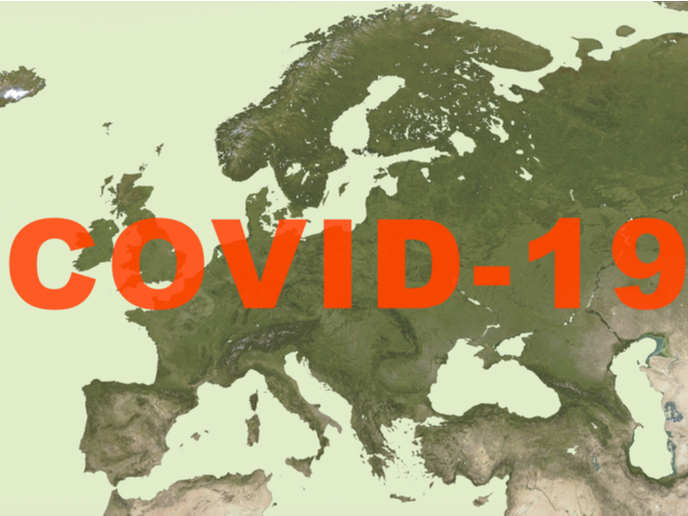Analysing the spatial patterns of the COVID-19 pandemic
The economic and social effects of the COVID-19 outbreak are exposing inequalities within societies and between countries, emphasising concerns that poorer people and economically deprived areas are the hardest hit. The EU-funded IMAJINE project, which has been examining the dynamics of territorial inequalities in Europe and exploring how these can be most effectively addressed, is now contributing towards understanding and responding to the COVID-19 outbreak and its impacts. A team of researchers has compared the regional spread of the virus across different countries in Europe up to the end of April. “The UK had a far wider regional Coronavirus breakout than the rest of Europe, which suggests the lockdown started too late,” as noted in a news release by IMAJINE project coordinator Aberystwyth University. Conducted by a team at the same university, the research shows “that the spread of the virus in Britain was far less concentrated in just a few hotspots than in other European countries.” The same news release states: “It shows that the Helsinki region accounts for 69% of confirmed cases in Finland, the Norte region (around Porto) 60% of cases in Portugal, and the Oslo region 58% of cases in Norway. By contrast, London has more COVID-19 cases than any other part of the UK, but only accounts for less than 17% of total cases in the UK. This indicates that the outbreak spread more widely in the UK than other states in Europe.” According to Prof. Michael Woods from Aberystwyth University, “outbreaks are strongly regionalized and the degree of geographical concentration varies between countries. In countries with relatively low incidence of COVID-19 overall, cases tend to be concentrated in one or two cities or regions. In worse affected countries like Italy and Spain there are multiple ‘hotspots’ but also regions with much lower cases.” Prof. Woods emphasises the importance of geographical concentration “because whilst initial hotspots tend to be in well-connected more affluent regions, there is evidence that as an outbreak spreads it is less affluent areas that are mostly severely hit.” He adds: “More work is needed, but our analysis suggests that early action to contain the coronavirus geographically is important in limiting the severity of an outbreak.” The research team plans to analyse further the geographical spread of the coronavirus over the next few months, looking at “the impact of prosperity and rurality on the severity of the outbreak,” as stated in the same news release.
Territorial cohesion
The IMAJINE (Integrative Mechanisms for Addressing Spatial Justice and Territorial Inequalities in Europe) project will run until December 2021. It focuses on developing new integrative policy mechanisms to help European, national and regional government agencies better address territorial inequalities within the EU. A blog post on the project website explains how IMAJINE also examines the relationship between migration and inequality, covering residents and immigrants based in locations in Greece, Ireland, the Netherlands, Poland, Romania and Wales. The researchers say their findings “point to a profound relationship between migration and inequalities. Based on these findings, and recent developments, we can infer some of the consequences of the COVID-19 crisis on migration and socio-spatial inequality.” For more information, please see: IMAJINE project website
Keywords
IMAJINE, coronavirus, COVID-19, outbreak, inequality



